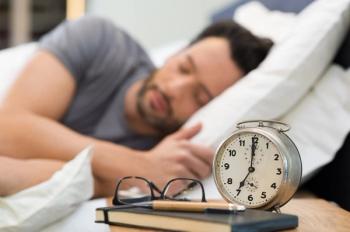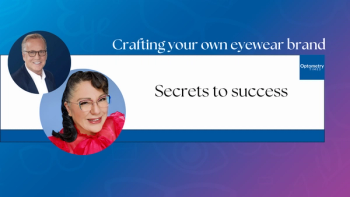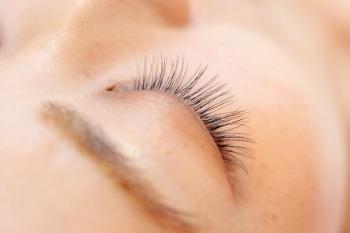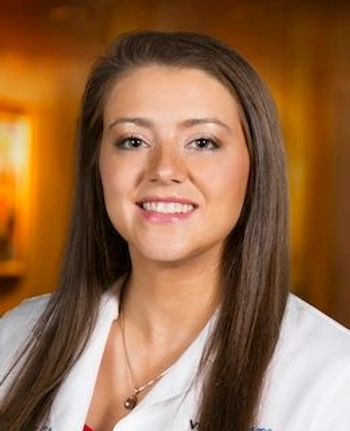
AAOpt 2025: Where low-level light therapies stand as dry eye treatments and myopia management
Joseph Allen, OD, FAAO, Dipl ABO, detailed treatments for macular degeneration, ocular surface disease, dry eye, and potential myopia management during his presentation.
Joseph Allen, OD, FAAO, Dipl ABO, delivered a lecture on red light therapy, also known as low-level light therapy or photobiomodulation therapy, at the Academy meeting in Boston, Massachusetts. His presentation comprehensively explored the scientific and clinical implications of this emerging therapeutic approach in eye care. The lecture delved into the intricate mechanisms of low-level light therapy, examining its cellular interactions and diverse applications in eye care.
Allen highlighted several key areas of research and clinical interest, including treatments for macular degeneration, ocular surface disease, dry eye, and potential myopia management. Particularly fascinating was the research emerging from East Asia regarding red light therapy's potential in myopia management. Studies have shown promising results in both slowing myopia progression and potentially preventing its development in pre-myopic children. However, Allen emphasized critical safety concerns that accompany these promising findings. Some case reports have documented troubling side effects, including reduced vision and decreased cone cell density in pediatric patients. These findings have prompted researchers and clinicians to advocate for a more cautious approach, recommending further investigation before widespread adoption.
The FDA has already validated certain red light devices for specific conditions like age-related macular degeneration, with ongoing research exploring applications in diabetic retinopathy and glaucoma. Allen stressed the importance of understanding that therapeutic protocols cannot be universally applied across different devices and treatments. A significant portion of his discussion focused on the proliferation of OTC red light therapy devices available online. He warned that many of these devices may not accurately report energy output, potentially rendering them ineffective or even harmful. Professional clinical devices offer more reliable, scientifically-established protocols with documented safety parameters. Allen's key recommendations included:
- Exercising extreme caution when considering red light therapy
- Following established research protocols
- Critically evaluating device specifications
- Educating patients about potential risks and limitations
His lecture underscored the need for continued research, rigorous safety standards, and a measured approach to integrating this promising but complex therapeutic modality into clinical practice.
Newsletter
Want more insights like this? Subscribe to Optometry Times and get clinical pearls and practice tips delivered straight to your inbox.


















































.png)


